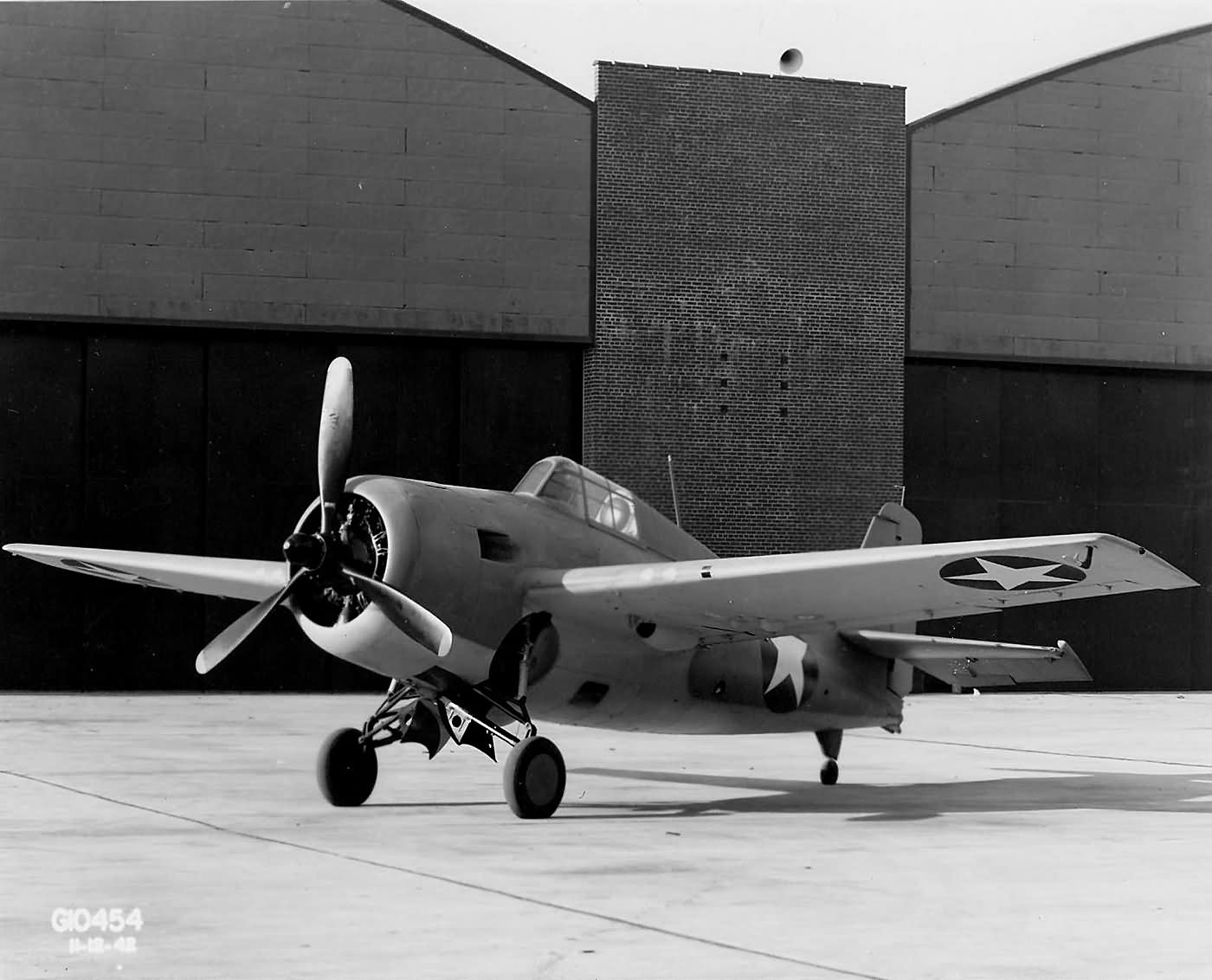The Grumman XF4F-8 Wildcat was a developmental prototype that played a key role in the transition of Wildcat production to the General Motors Eastern Aircraft Division. These aircraft were intended to pave the way for the FM-1 and FM-2 Wildcats, which would be mass-produced by General Motors for the U.S. Navy during World War II.
Grumman XF4F-8 Wildcat Overview:
Development and Background:
- The XF4F-8 was designed to be a lighter, more refined version of the Wildcat, incorporating improvements that would enhance performance while making the aircraft more suitable for mass production by General Motors’ Eastern Aircraft Division.
- The aircraft served as prototypes for what would eventually become the FM-1 Wildcat, which was built by General Motors under license from Grumman.
First Flight:
- The XF4F-8 made its first flight on November 8, 1942.
Production Details:
- Total Number Built: 2 units
- USN Bureau Numbers: 12228 and 12229
Physical Characteristics:
- Wingspan: 38 feet
- Wing Area: 260 square feet
- Length: 28 feet 10 inches
- Height: 11 feet 9 inches
Powerplant and Propulsion:
- Both prototypes were powered by the Wright XR-1820-56 Cyclone engine, a 9-cylinder, single-row radial engine that produced 1,350 horsepower at takeoff. This engine was equipped with a single-stage, two-speed supercharger.
- The aircraft used a Hamilton Standard 3-blade constant-speed propeller.
Armament:
- The XF4F-8 was armed with four .50 caliber machine guns mounted in the wings, similar to the armament configuration of previous Wildcat models.
Weight and Performance:
- Empty Weight: 5,365 pounds
- Gross Weight: 7,080 pounds
- Maximum Speed: 321 miles per hour at 16,800 feet
- Normal Range: Unknown
- Initial Climb Rate: 3,125 feet per minute
- Service Ceiling: 36,400 feet
Design Features and Modifications:
- The XF4F-8 prototypes were intended to be lighter than previous Wildcats, incorporating weight-saving measures. Initially, they were fitted with slotted flaps to improve low-speed handling and lift during takeoff and landing. However, they eventually reverted to the standard split flaps used on earlier models.
- Aircraft Number 12229: This prototype was later modified with a larger fin, similar to what would be used on the General Motors FM-2 Wildcat. This modification was necessary to counteract the increased torque and horsepower from the more powerful engine, particularly during takeoff and wave-offs (aborted landings) on aircraft carriers.
- The oil cooler, originally located under the left wing, was relocated to the engine compartment to streamline the design and reduce drag.
